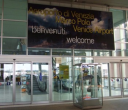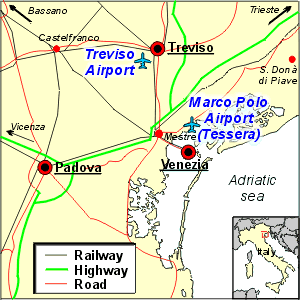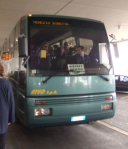|
While there are no historical records that deal directly with the obscure and peripheral origins of Venice, tradition and the available evidence have led several historians to agree that the original population of Venice consisted of refugees from Roman cities near Venice such as Padua, Aquileia, Treviso, Altino and Concordia (modern Portogruaro) and from the undefended countryside, who were fleeing successive waves of Germanic invasions and Huns. Some late Roman sources reveal the existence of fishermen on the islands in the original marshy lagoons. They were referred to as incolae lacunae ("lagoon dwellers"). The traditional founding is identified with the dedication of the first church, that of San Jacopo at the islet of Rialto (Rivoalto, "High Shore"), given a conventional date of 421.
|
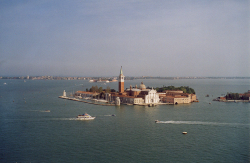
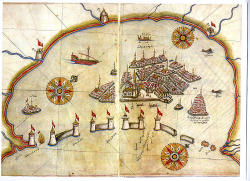
|
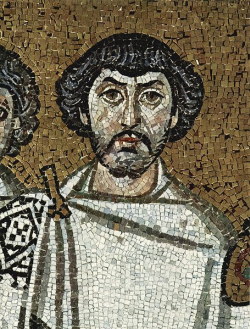
|
The last and most enduring irruption in the north of the Italian peninsula, was that of the Lombards in 568, leaving the Eastern Roman Empire a small strip of coast in the current Veneto, and the main administrative and religious entities were therefore transferred to this remaining dominion, centered upon the Exarchate of Ravenna, the local representative of the Emperor in the East. The Venetian tradition of the islanders' aid to Belisarius was reported in early histories to explain the largely theoretical link to Ravenna, and to the Eastern Emperor. New ports were built, including those at Malamocco and Torcello in the Venetian lagoon. The tribuni maiores, the earliest central standing governing committee of the islands in the Lagoon, dated from c. 568.
|
|
The Venetians traditionally having offered asylum to the Exarch, in flight from the Lombard Liutprand, the Byzantine domination of central and northern Italy was subsequently largely eliminated by the conquest of the Exarchate of Ravenna in 751 by Aistulf. During this period, the seat of the local Byzantine governor (the "duke/dux", later "doge") was situated in Malamocco. Settlement on the islands in the lagoon probably increased in correspondence with the Lombardo conquest of the Byzantine territories.
Sometime in the first decades of the eighth century, the people of the lagoon elected their first leader Ursus, who was confirmed by Byzantium and given the titles of hypatus and dux. He was the first historical Doge of Venice.
|
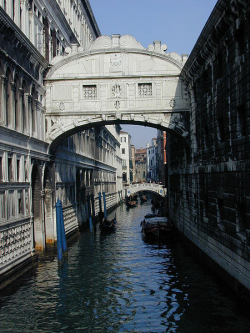
|

|
In 775-76, the bishopric seat of Olivolo (Helipolis) was created. During the reign of duke Agnello Particiaco (811-827) the ducal seat was moved from Malamocco to the highly protected Rialto, the current location of Venice. The monastery of St. Zachary and the first ducal palace and basilica of St. Mark, as well as a walled defense (civitatis murus) between Olivolo and Rialto were subsequently built here. Winged lions which may be seen in Venice are a symbol for St. Mark.
In 810, an agreement between Charlemagne and Nicephorus recognized Venice as Byzantine territory and recognized the city's trading rights along the Adriatic coast, where Charlemagne had previously ordered the pope to expel the Venetians from the Pentapolis. In 828, the new city's prestige was raised by the acquisition of the claimed relics of St. Mark the Evangelist from Alexandria, which were placed in the new basilica. The patriarchal seat was also moved to Rialto. As the community continued to develop and as Byzantine power waned, it led to the growth of autonomy and eventual independence.
|
|
From the ninth to the twelfth century Venice developed into a city state (an Italian thalassocracy or Repubblica Marinara, the other three being Genoa, Pisa, and Amalfi). Its strategic position at the head of the Adriatic made Venetian naval and commercial power almost invulnerable. With the elimination of pirates along the Dalmatian coast, the city became a flourishing trade center between Western Europe and the rest of the world (especially the Byzantine Empire and the Islamic world). In the 12th century the foundations of Venice's power were laid: the Venetian Arsenal was under construction in 1104; the last autocratic doge, Vital II Michele, died in 1172.
|
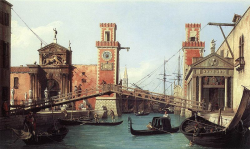
|
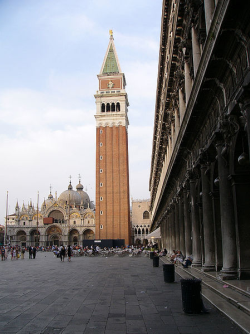
|
The Republic of Venice seized a number of places on the eastern shores of the Adriatic before 1200, mostly for commercial reasons, because pirates based there were a menace to trade. The Doge already carried the titles of Duke of Dalmatia and Duke of Istria. Later mainland possessions, which extended across Lake Garda as far west as the Adda River, were known as the "Terraferma", and were acquired partly as a buffer against belligerent neighbours, partly to guarantee Alpine trade routes, and partly to ensure the supply of mainland wheat, on which the city depended. In building its maritime commercial empire, the Republic dominated the trade in salt, acquired control of most of the islands in the Aegean, including Cyprus and Crete, and became a major power-broker in the Near East. By the standards of the time, Venice's stewardship of its mainland territories was relatively enlightened and the citizens of such towns as Bergamo, Brescia and Verona rallied to the defence of Venetian sovereignty when it was threatened by invaders.
|
|
Venice remained closely associated with Constantinople, being twice granted trading privileges in the Eastern Roman Empire, through the so called Golden Bulls or 'chrysobulls' in return for aiding the Eastern Empire to resist Norman and Turkish incursions. In the first chrysobull Venice acknowledged its homage to the Empire but not in the second, reflecting the decline of Byzantium and the rise of Venice's power.
Venice became an imperial power following the Venetian-financed Fourth Crusade, which in 1204 seized and sacked Constantinople and established the Latin Empire. As a result of this conquest considerable Byzantine plunder was brought back to Venice. This plunder included the gilt bronze horses from the Hippodrome of Constantinople which were originally placed above the entrance to St Mark's cathedral in Venice, although the originals have been replaced with replicas and the originals are now stored within the basilica. Following the fall of Constantinople the former Roman Empire was partitioned among the Latin crusaders and the Venetians. Venice subsequently carved out a sphere of influence in the Mediterranean known as the Duchy of the Archipelago, and seized Crete.
|
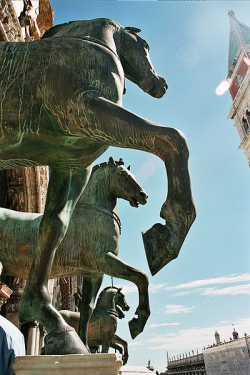
|

|
The seizure of Constantinople would ultimately prove as decisive a factor in ending the Byzantine Empire as the loss of the Anatolian themes after Manzikert. Though the Byzantines recovered control of the ravaged city a half century later, the Byzantine Empire was greatly weakened, and existed as a ghost of its old self until Sultan Mehmet The Conqueror took the city in 1453.
|
|
Situated on the Adriatic Sea, Venice always traded with the Byzantine Empire and the Muslim world extensively. By the late thirteenth century, Venice was the most prosperous city in all of Europe. At the peak of its power and wealth, it had 36,000 sailors operating 3,300 ships, dominating Mediterranean commerce. During this time, Venice's leading families vied with each other to build the grandest palaces and support the work of the greatest and most talented artists. The city was governed by the Great Council, which was made up of members of the noble families of Venice. The Great Council appointed all public officials and elected a Senate of 200 to 300 individuals. Since this group was too large for efficient administration, a Council of Ten (also called the Ducal Council or the Signoria), controlled much of the administration of the city. One member of the great council was elected "Doge", or duke, the ceremonial head of the city, who normally held the title until his death.
|
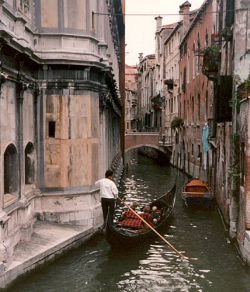
|
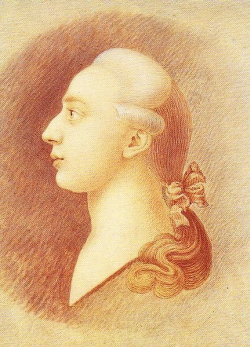
|
The Venetian governmental structure was similar in some ways to the republican system of ancient Rome, with an elected chief executive (the Doge), a senate-like assembly of nobles, and a mass of citizens with limited political power, who originally had the power to grant or withhold their approval of each newly elected Doge. Church and various private properties were tied to military service, though there was no knight tenure within the city itself. The Cavalieri di San Marco was the only order of chivalry ever instituted in Venice, and no citizen could accept or join a foreign order without the government's consent. Venice remained a republic throughout its independent period and politics and the military were kept separate, except when on occasion the Doge personally headed the military. War was regarded as a continuation of commerce by other means (hence, the city's early production of large numbers of mercenaries for service elsewhere, and later its reliance on foreign mercenaries when the ruling class was preoccupied with commerce).
|
|
The chief executive was the Doge, who theoretically held his elective office for life. In practice, several Doges were forced by pressure from their oligarchical peers to resign the office and retire into monastic seclusion when they were felt to have been discredited by perceived political failure.
|
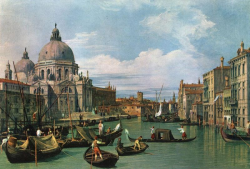
|
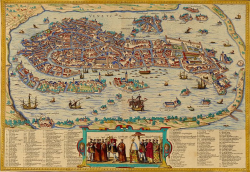
|
Though the people of Venice generally remained orthodox Roman Catholics, the state of Venice was notable for its freedom from religious fanaticism and it enacted not a single execution for religious heresy during the Counter-Reformation. This apparent lack of zeal contributed to Venice's frequent conflicts with the Papacy. In this context, the writings of the Anglican Divine, William Bedell, are particularly illuminating. Venice was threatened with the interdict on a number of occasions and twice suffered its imposition. The second, most famous, occasion in 1606, by order of Pope Paul V.
|

 Venice is a city in northern Italy stretching across 117 islands, known both for tourism and for industry, and is the capital of the region Veneto, with a population of about 272,000 (census estimate 1 January 2004). Together with Padua, the city is included in the Padua-Venice Metropolitan Area (population 1,600,000).
Venice is a city in northern Italy stretching across 117 islands, known both for tourism and for industry, and is the capital of the region Veneto, with a population of about 272,000 (census estimate 1 January 2004). Together with Padua, the city is included in the Padua-Venice Metropolitan Area (population 1,600,000).
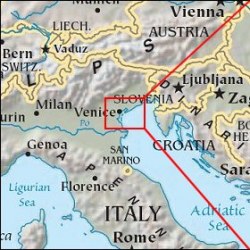
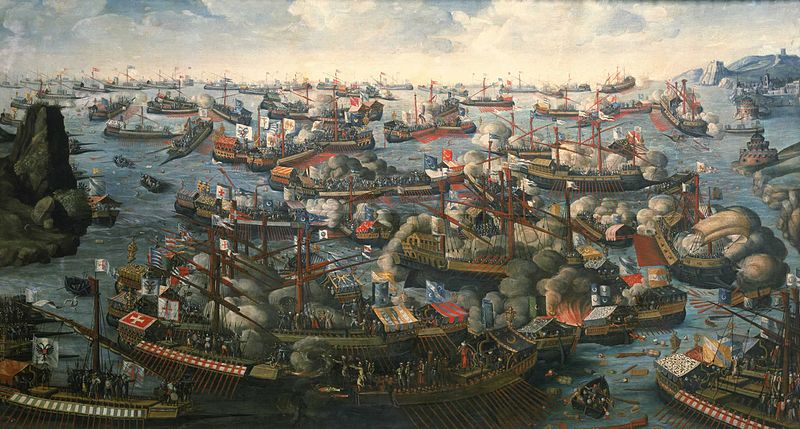

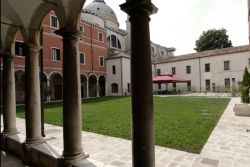

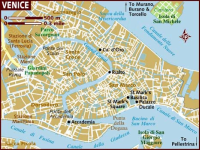
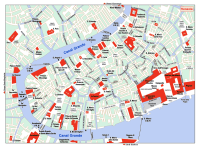
















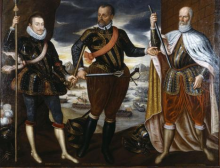
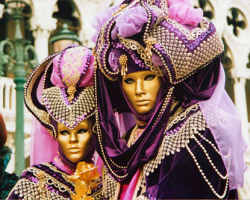
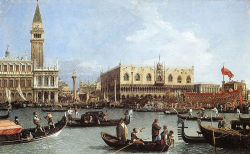
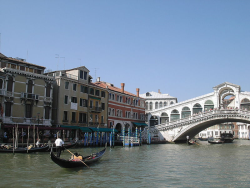

 Tel: +39 0415224077
Tel: +39 0415224077 Fax +39 0415286214
Fax +39 0415286214 E-mail:
E-mail: 
